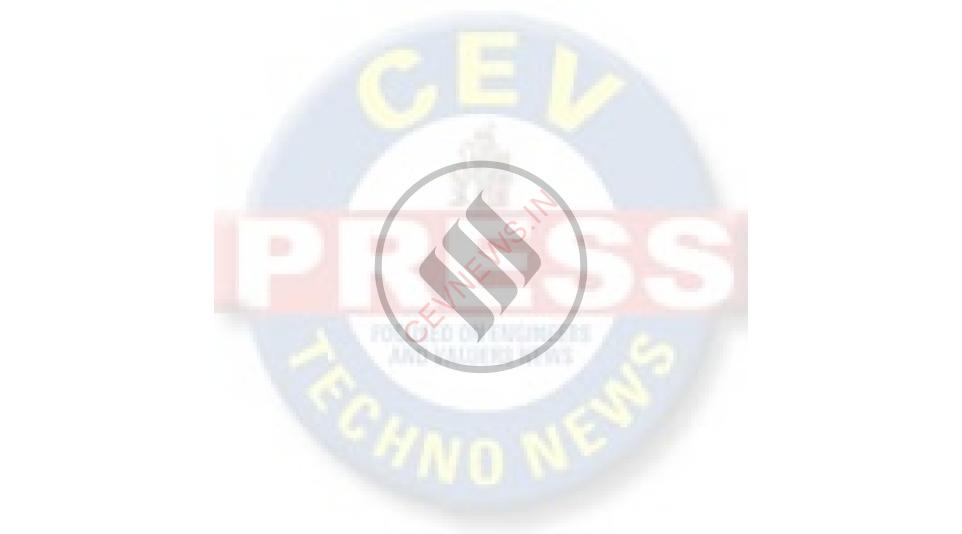By: Anuj Puri
A reverse mortgage is a special type of loan against a home that allows the borrower to convert a portion of the equity in the property into cash. The equity built up over many years of home loan payments can be paid directly to the borrower. However, unlike a traditional home equity loan no repayment is required until the borrower(s) cease to use the home as their principal residence.
With a traditional second mortgage, or a home equity line of credit, one must show sufficient income versus debt ratio to qualify for such a loan, and needs to make monthly payments towards the mortgage. Reverse mortgage differs in that it pays the borrower, and is available regardless of current income or assets. The amount that can be borrowed depends on the borrower’s age, the current interest rate, other loan fees, and the appraised value of the property. One does not have to make payments, because the loan is not due for paying off as long as the house is one’s principal residence. Like all home owners, the borrower is still required to pay applicable real estate taxes and other conventional payments like utilities.
One of the myths about a reverse mortgage is that one loses one’s home at the end of the mortgage term. This is not always the case. The owner can retain the home if one pays back the funds received from the reverse mortgage lender. Payouts on a reverse mortgage can be made to the borrower in a single lump sum on approval of the reverse mortgage, in monthly payouts or in the form of a line of credit that the borrower you can draw from whenever he or she decides to. There are benefits to both approaches depending on one’s immediate cash requirements and tax situation.
There are three reasons why reverse mortgage has not proved to be popular in India. First, Indians look at owned property as a primary asset, ideally to be handed down generations and not encashed in any form unless extreme financial issues prevail. Secondly, Indian culture has the care and support of senior citizens hard wired into it — elderly people who own properties in this country do not, as a rule, lack the financial wherewithal to support themselves in their Golden years. Thirdly, the product itself is not as well understood in India as traditional home loans are. In any case, it does seem that unless the classic reverse mortgage is tweaked in a manner to make it more palatable to Indian sensibilities and values, it is not likely to become a big hit. Reverse mortgage in the Indian context makes sense for elderly persons owning residential property who, for whatever reason, have no other dependable financial recourse. Also, there are instances of severe rifts within the family which can give an elderly person to choose to encash rather than bequeath the property. Finally, reverse mortgage can be used as a temporary fallback option. It can be availed of for a certain amount which can then be paid back in a predictable period so that the property is returned to the owner.
— The author is Chairman & Country Head, JLL India

